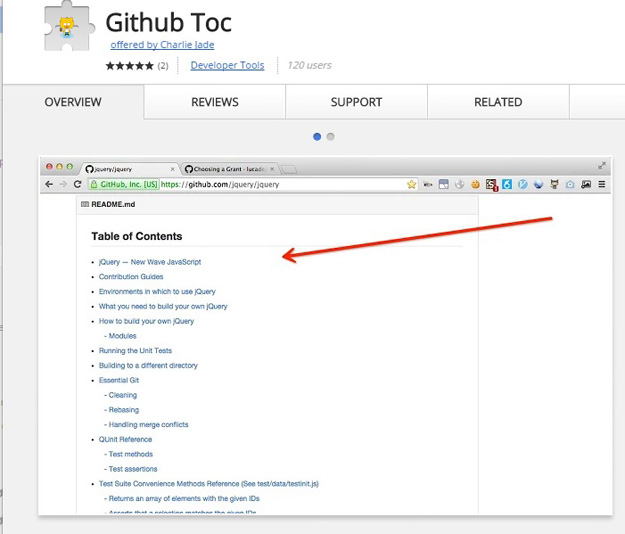

A few options are Google’s Chrome, Mozilla Firefox, and Microsoft Edge (2020 or later) - these, along with a few other Chrome-based browsers, allow Chrome extensions to be installed. Of course, a Chromium-based browser must first be installed. Furthermore, screenshots depicting each extension when in use is shown - typically snapshots span the before and after views.

The presentation of each extension is the same: the subsection starts with the name, URL, a view (i.e., teaser image) of the extension as listed in the Chrome Web Store. Following this, we conclude, which includes a list of honorary mentions and references to all related items. Note, the order is ambiguous (i.e., the former is not necessarily rated higher than the latter, and vise versa). The proceeding five subsections cover the five extensions (i.e., one per section). The organization for the remainder is as follows. Now, besides the local setup, which, for mac users, one can git set up like a pro by following previous Medium blogs of mine, we can extend our capabilities by merely adding Github-based extensions. Regardless of your specific focus, the following extensions are relevant to anyone that uses Github. In other words, let me share the way I set up the browser in preparation for SW development and version-controlled source code using Git, Github, and Google’s Chrome. Thus, let me share the Chrome-specific setup that I found useful.

Recently, I am setting up a system to use as part of my research - applied machine learning, often targeting imagery as the input/output signals. For those who have yet to explore Chrome Extensions (per Chrome Web Store), nowadays, there is an abundance of extensions to add on - each designed to enhance the interface, the potential for progress (i.e., productivity), and the features available with an assortment of intentions.


 0 kommentar(er)
0 kommentar(er)
